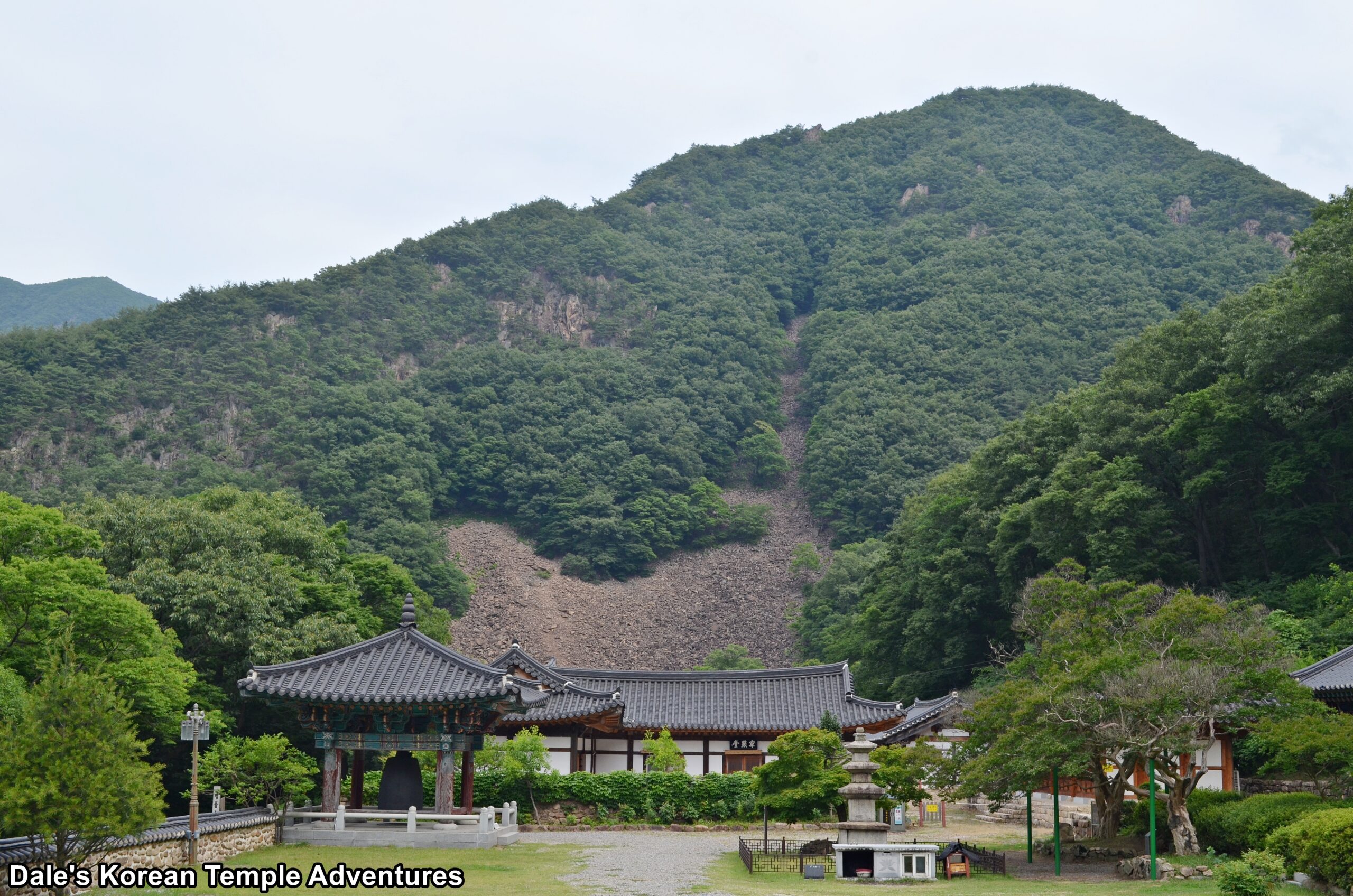
Temple History
Banyasa Temple is located in northeastern Yeongdong, Chungcheongbuk-do up a long valley next to Mt. Baekhwasan (933.3 m). This mountain is part of the Baekdu-daegan Mountain Range. Water flows out from Mt. Baekhwasan and forms the beautiful Gusucheon Stream. And where the stream flows past Banyasa Temple, it forms an “S-shape” similar to that of a Taeguk. The name of the temple, Banyasa Temple, means “Wisdom Temple” in English, as the name is a reference to Prajna in Sanskrit.
As for the founding of the temple, there are a couple stories as to when it was first created. One story relates that the temple was first established by either Wonhyo-daesa (617-686 A.D.) or Sangwon-josa, who was one of the ten major disciples of Uisang-daesa (625-702 A.D.). But since Wonhyo-daesa died in 686 A.D., it probably rules him out. Either way, there are no documents that confirm the creation of the temple by either monk. Another story relates how Muyeom-guksa (801-888 A.D.) was the founder of the the temple. According to this story, Muyeom-guksa resided at Simmyosa Temple in Hwanggan. He sent a novice monk named Sunin to the future temple site, where Sunin cast out an evil dragon that was living in the pond there. Afterwards, Sunin established Banyasa Temple after filling in the pond. According to this same story, Banyasa Temple was first established in 851 A.D.
As for the name of Banyasa Temple, it comes from King Sejo of Joseon (1455-1468). Banyasa Temple was scheduled to be opened when King Sejo of Joseon visited neighbouring Bokcheonam Hermitage on Mt. Songnisan, which belongs to Beopjusa Temple. After visiting Bokcheonam Hermitage, King Sejo of Joseon visited Banyasa Temple, where he healed his own skin ailment just like at Sangwonsa Temple on Mt. Odaesan. This was done through the blessings of Munsu-bosal (The Bodhisattva of Wisdom) in a child-like form along the stream. Afterwards, King Sejo of Joseon renamed the temple Banyasa Temple. And after the inauguration ceremony for Banyasa Temple’s reconstruction, King Sejo wrote a plaque for the temple. This plaque is still preserved to this day.
In addition to the temple’s history, and according to Prof. David Mason, the location of the temple has a strong type of ji-gi, or “earth energy” in English. On one of the foothills across the Gusucheon Stream is a steep slope where large boulders and smaller rocks have fallen to form a natural rock slide that looks like a crouching tiger. This rock formation is surrounded on the side of the cliff by a pine forest. This rock formation is believed to be a white tiger, which is especially sacred. This earth-energy is especially strong according to the pungsu-jiri theory (geomancy/feng shui).
In addition to the temple’s beautiful location, Banyasa Temple is home to one Korean Treasure, the Three-Story Stone Pagoda of Banyasa Temple, which is Korean Treasure #1371.
Temple Layout
You first make your way up to Banyasa Temple up a long, beautiful valley that follows the Gusucheon Stream. The first structure to greet you at the temple is the stately Iljumun Gate with its twisting painted dragons adorning each of the two pillars of the entry gate. A little further along, but before you come to the temple’s parking lot, you’ll notice a budowon to your right. Here there is a small collection of budo (stupas) on an elevated clearing at the foot of the mountain.
Around the temple parking lot, you’ll find the Templestay office, which is unfortunately only conducted in Korean. Also in this area is the Yosachae (monks’ dorms). It’s also in this area that you’ll find a path that leads out onto a concrete bridge that spans the width of the Gusucheon Stream. You can get some great pictures from this vantage point. To the right of the Yosachae, and up a set of stairs, and past a beautiful pool of water that has a dragon head as its fountain, you’ll finally step inside the main temple courtyard at Banyasa Temple.
It’s here that you’ll find three temple shrine halls in a row. The first of the three is the Myeongbu-jeon Hall. The exterior walls to this shrine hall are largely unadorned all but for the dancheong colours. As for the interior, you’ll find a newish-looking main altar statue dedicated to Jijang-bosal (The Bodhisattva of the Afterlife). This green-haired statue of Jijang-bosal is joined on either side by statues of the Siwang (The Ten Kings of the Underworld).
Next to the Myeongbu-jeon Hall is the Daeung-jeon Hall. The exterior walls are adorned with fading Palsang-do (The Eight Scenes from the Buddha’s Life), as well as a couple murals dedicated to the curing of King Sejo of Joseon’s skin ailment. Stepping inside the Daeung-jeon Hall, you’ll find a triad centred by Seokgamoni-bul (The Historical Buddha) and joined by Munsu-bosal and Bohyeon-bosal (The Bodhisattva of Power). It should be noted that it’s from the backside of the Yosachae, which is out in front of the Daeung-jeon Hall to the south and right, that you get the best pictures of the rock slide image of the tiger on the neighbouring mountainside.
And next to the Daeung-jeon Hall is the Geukrak-jeon Hall. Out in front of the Geukrak-jeon Hall are a pair of 500 year old trees and the Three-Story Stone Pagoda of Banyasa Temple. The pagoda stands 3.35 metres in height, and it used to be in Seokcheon Valley north of Banyasa Temple. However, the historic pagoda was relocated to Banyasa Temple in 1950. The three-story structure is believed to date back to the early part of the Goryeo Dynasty (918-1392). The three-story body is placed on a single-tier base. The foundation consists of six flat stones. As for the first story of the body, it’s composed of four flat stones which displays reliefs of column shapes. The second and third story of the body are each made from a single stone. The overall technique of the pagoda uses a combination of traditional Silla Dynasty (57 B.C. – 935 A.D.) pagoda design, while also incorporating techniques from the Baekje Kingdom (18 B.C. – 660 A.D.) like the hole made on top of the base to accommodate the first story of the body. The pagoda is a beautiful example of various techniques incorporated into a single stone pagoda.
As for the Geukrak-jeon Hall, it is beautifully adorned with vibrant Shimu-do (Ox-Herding Murals). Stepping inside the Geukrak-jeon Hall, you’ll find a triad of statues resting on the main altar. The central image is one of the most beautiful images dedicated to Amita-bul (The Buddha of the Western Paradise) in all of Korea. The statue rests on the main altar with its serene and meditative eyes. This statue is joined on either side by standing, stout statues of Jijang-bosal and Gwanseeum-bosal (The Bodhisattva of Compassion). To the right of the main altar is an all-white image of Gwanseeum-bosal with an image of Yongwang (The Dragon King) making an offering to the Bodhisattva of Compassion. And to the left of the main altar is a mural dedicated to Jijang-bosal, as well as a modern Chilseong (The Seven Stars) mural.
To the rear of the Geukrak-jeon Hall, and up a pretty harrowing set of stone stairs, is the temple’s Sanshin-gak Hall. Both sides of the exterior walls to this shaman shrine hall are adorned with tiger murals. The mural to the left has a regal-looking image of a tiger, while the right sided mural has an elongated image that is meant to replicate the rock slide on the neighbouring mountain. As for the interior, you’ll find a modern painting and statue dedicated to Sanshin (The Mountain Spirit). And out in front of the Geukrak-jeon Hall and the Three-Story Stone Pagoda of Banyasa Temple is the temple’s Jong-ru Pavilion. Housed inside this smaller sized bell pavilion is a larger sized bronze bell.
And the final shrine hall that visitors can explore at Banyasa Temple is the Munsu-jeon Hall that’s situated up the mountainside. The trail head is to the right rear of the Myeongbu-jeon Hall, and it takes about 7 to 10 minutes to walk up the numerous stairs to get to this scenic shrine hall. The shrine hall looks down on the valley below and the tiger rock slide off in the distance. As for the Munsu-jeon Hall, it houses a beautiful, contemplative image of Munsu-bosal for which the temple is renown. There aren’t all that many shrine halls in Korea solely dedicated to Munsu-bosal; but of all the temple shrine halls dedicated solely to Munsu-bosal in Korea, the one at Banyasa Temple is arguably its finest.
How To Get There
There are no direct buses that go out to Banyasa Temple from the Yeongdong Intercity Bus Terminal. The only way to get to the temple is by taxi, which will take 25 minutes over 24 km, and it’ll cost you around 28,000 won (one way).
Overall Rating: 8/10
Banyasa Temple has this wonderful aura about it. When I visited, I was simply looking forward to the unique tiger rock slide; however, the more I explored, the more that Banyasa Temple grew in beauty. The temple is beautifully situated in the rolling mountains and streams of Yeongdong, Chungcheongbuk-do, but it also houses the picturesque Munsu-jeon Hall on the mountainside. In addition to this temple shrine hall, other things to look for and explore are the interior of both the Daeung-jeon Hall and the Geukrak-jeon Hall, as well as the three-story pagoda from the Goryeo Dynasty. This temple is both beautiful and scenic.
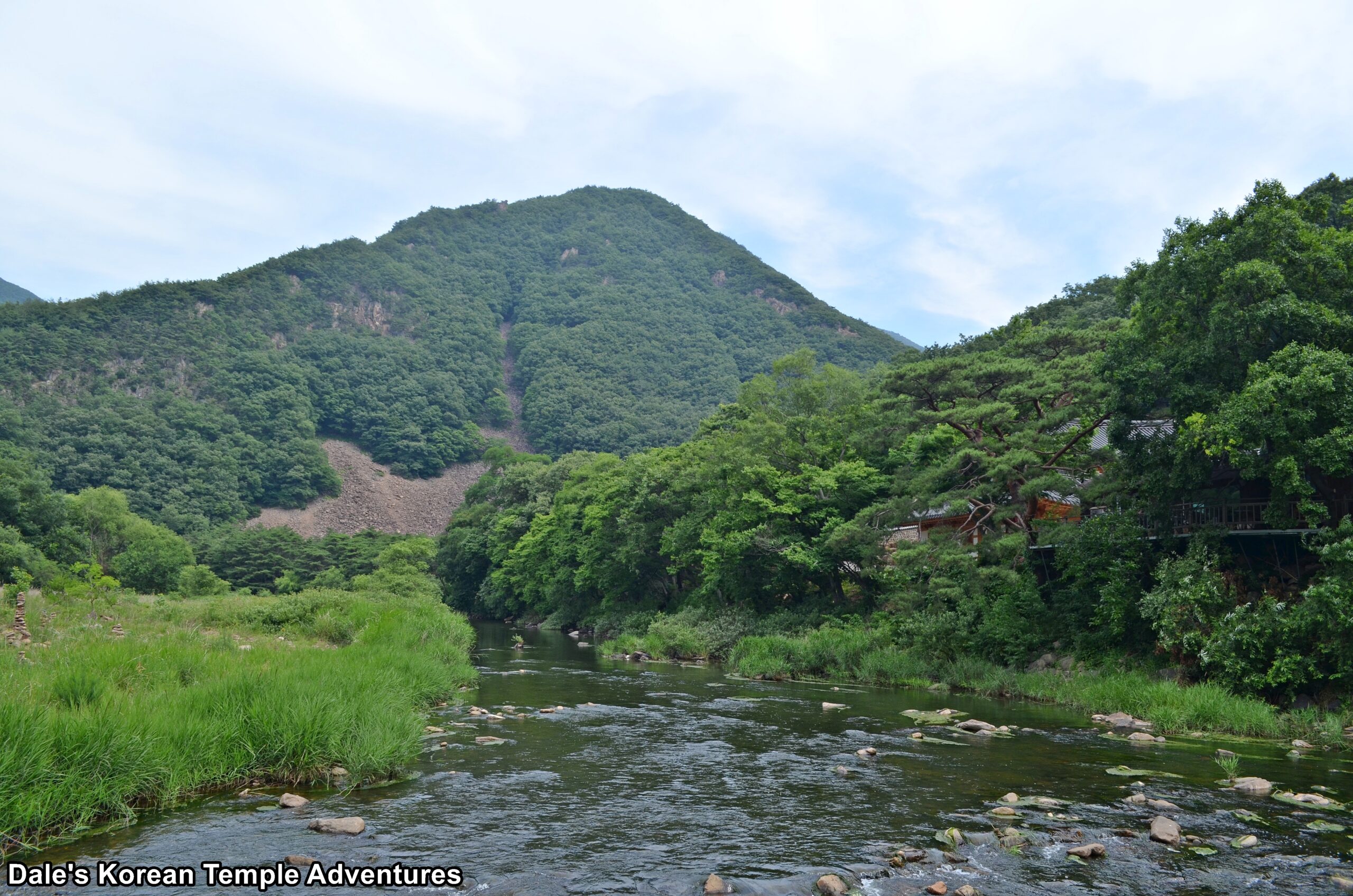
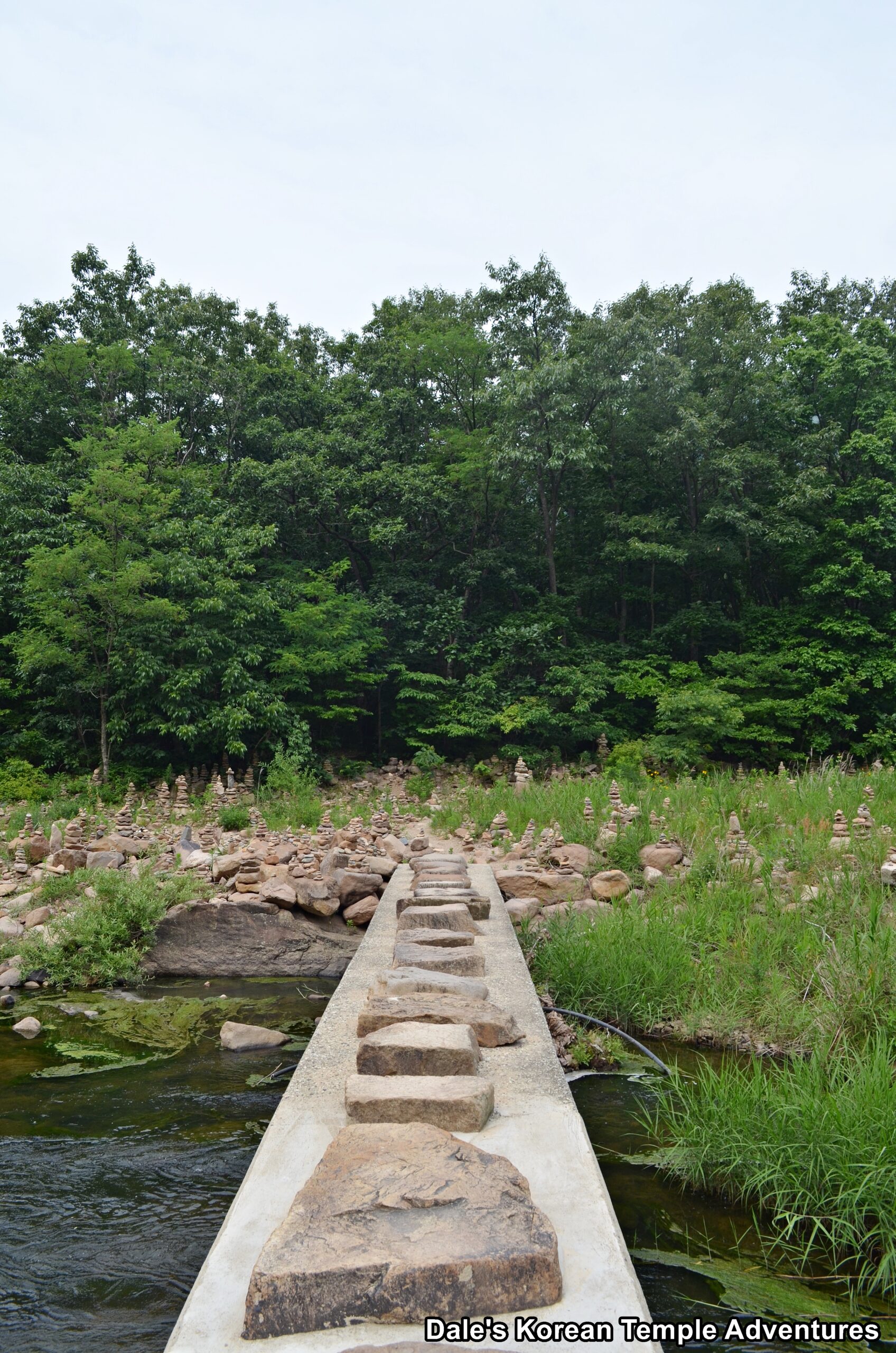

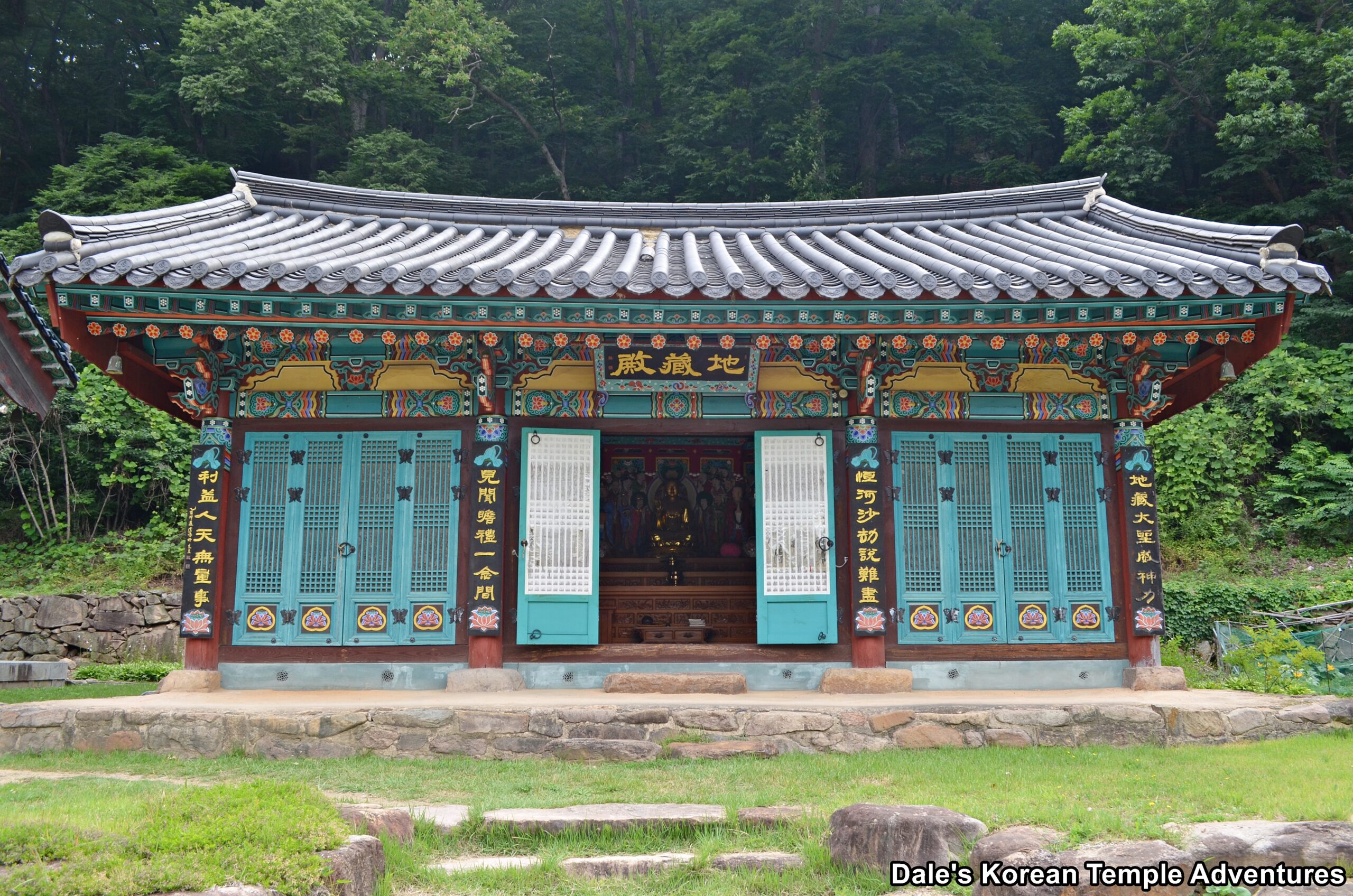
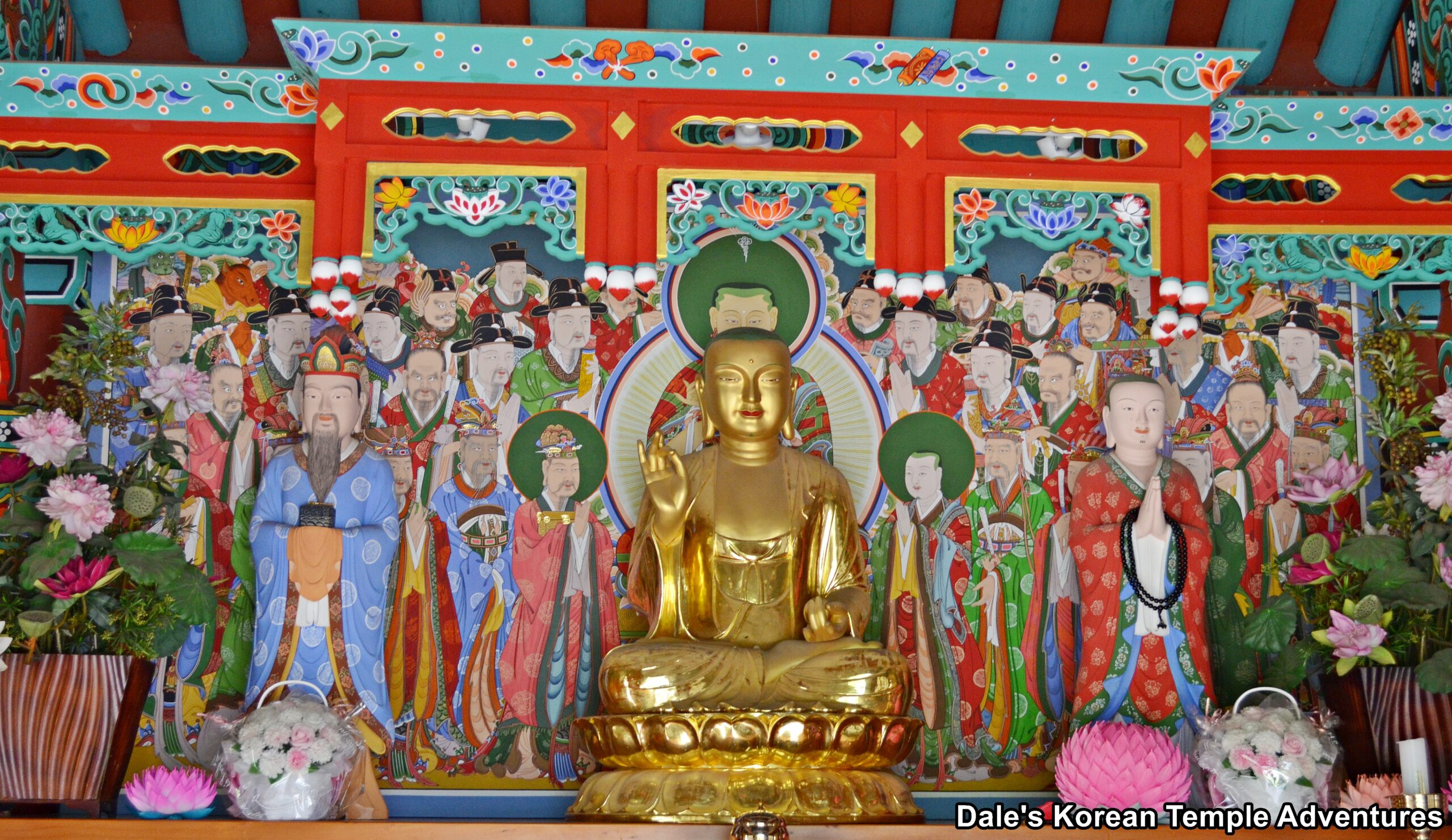
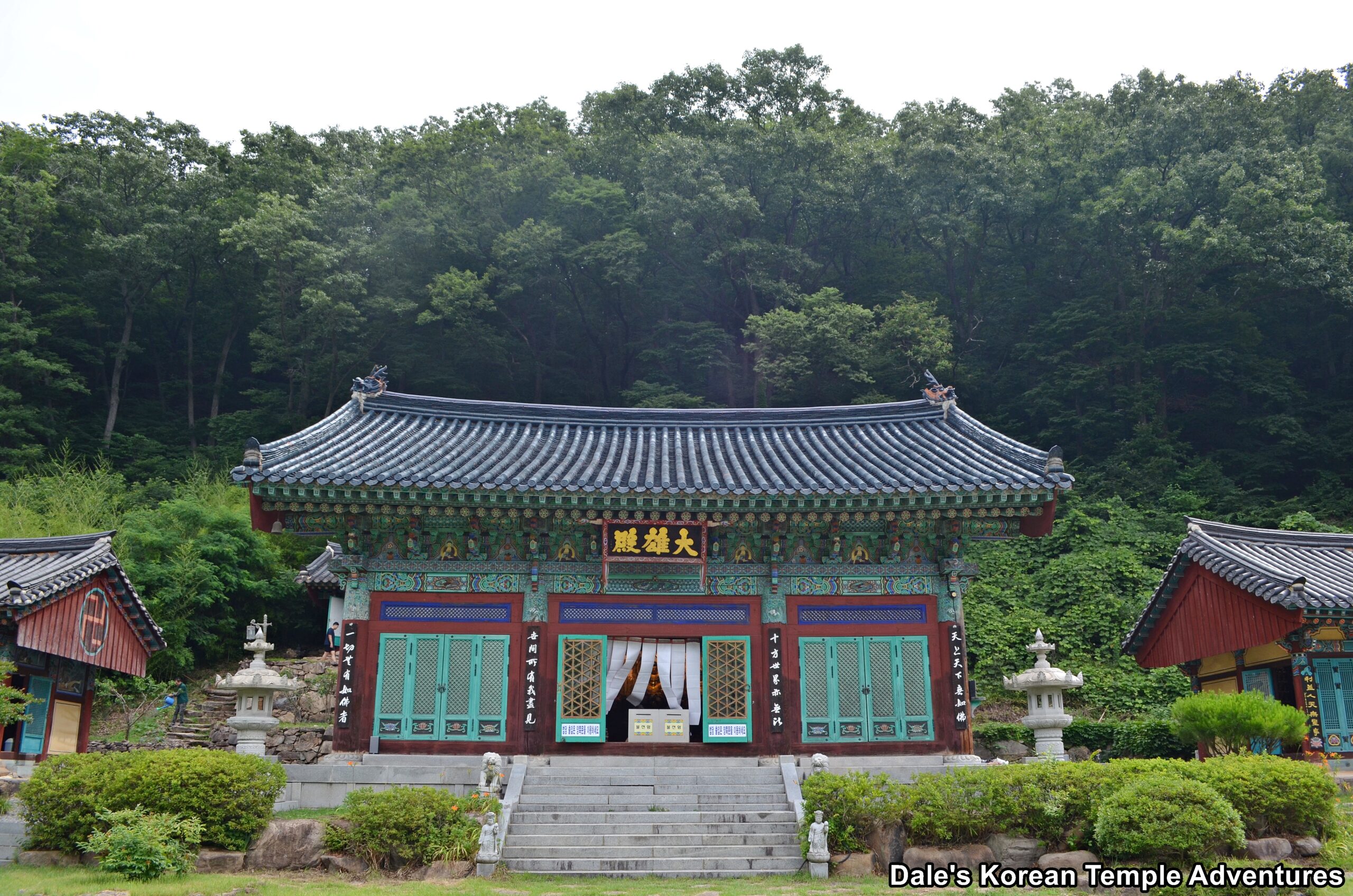



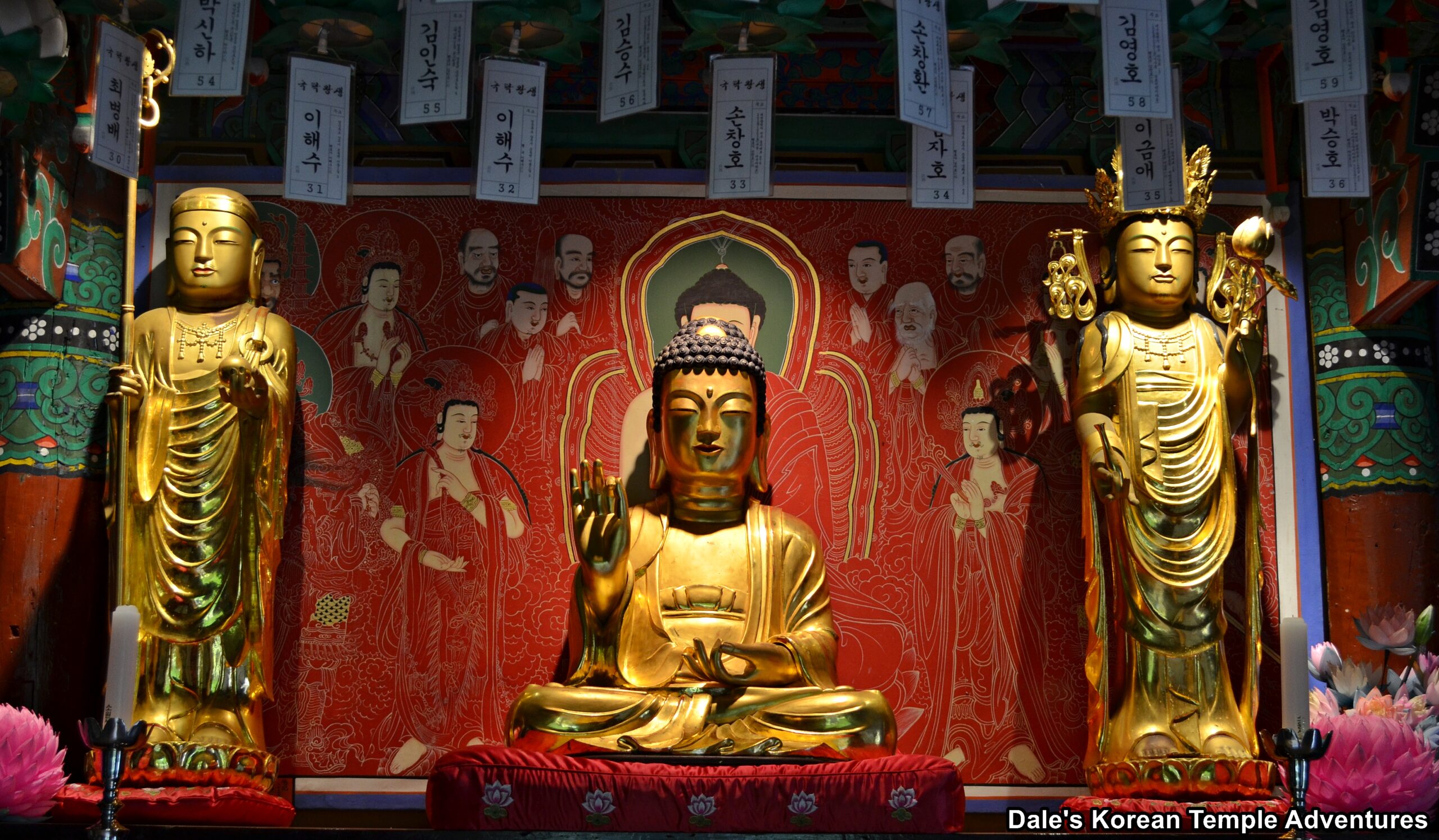
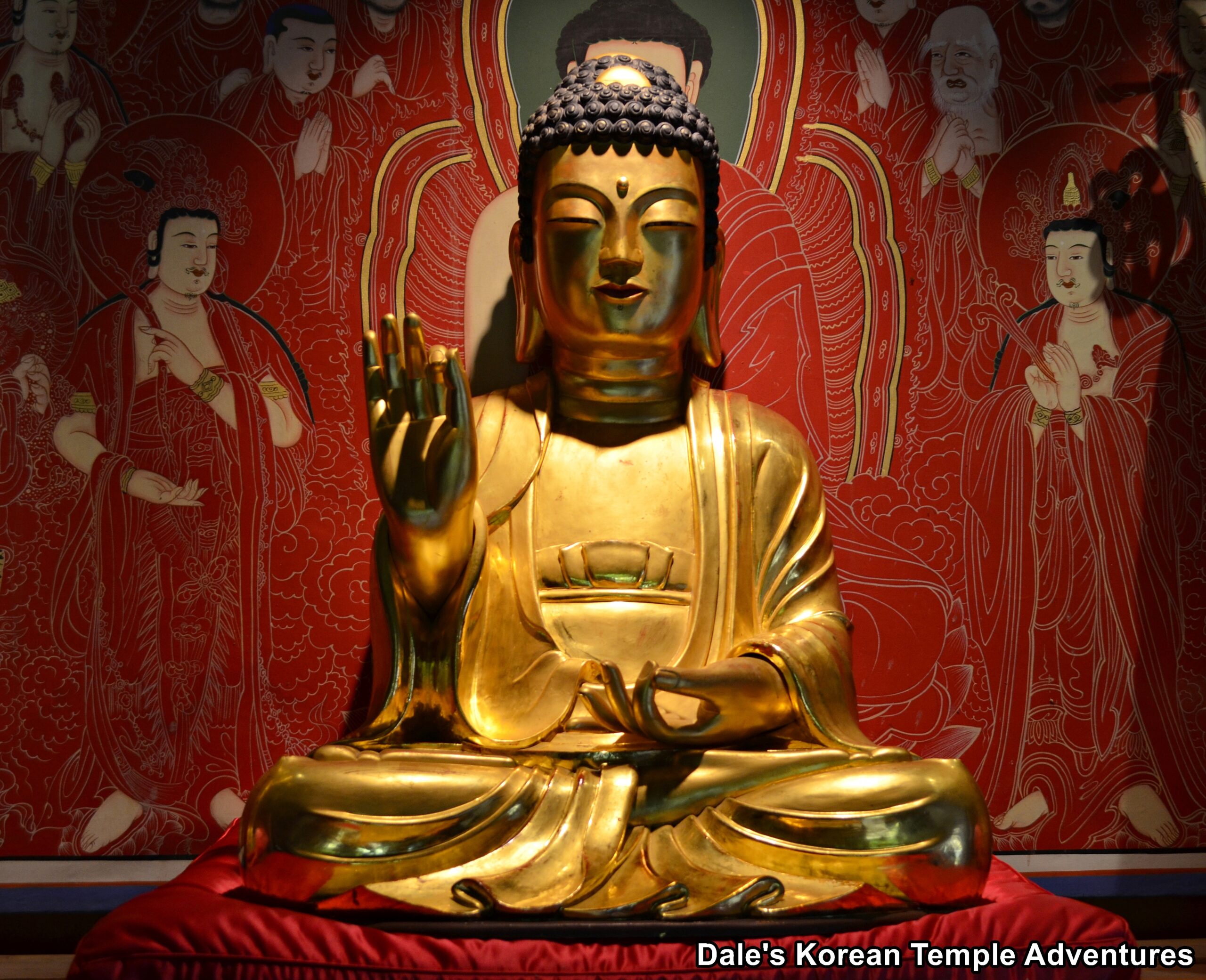
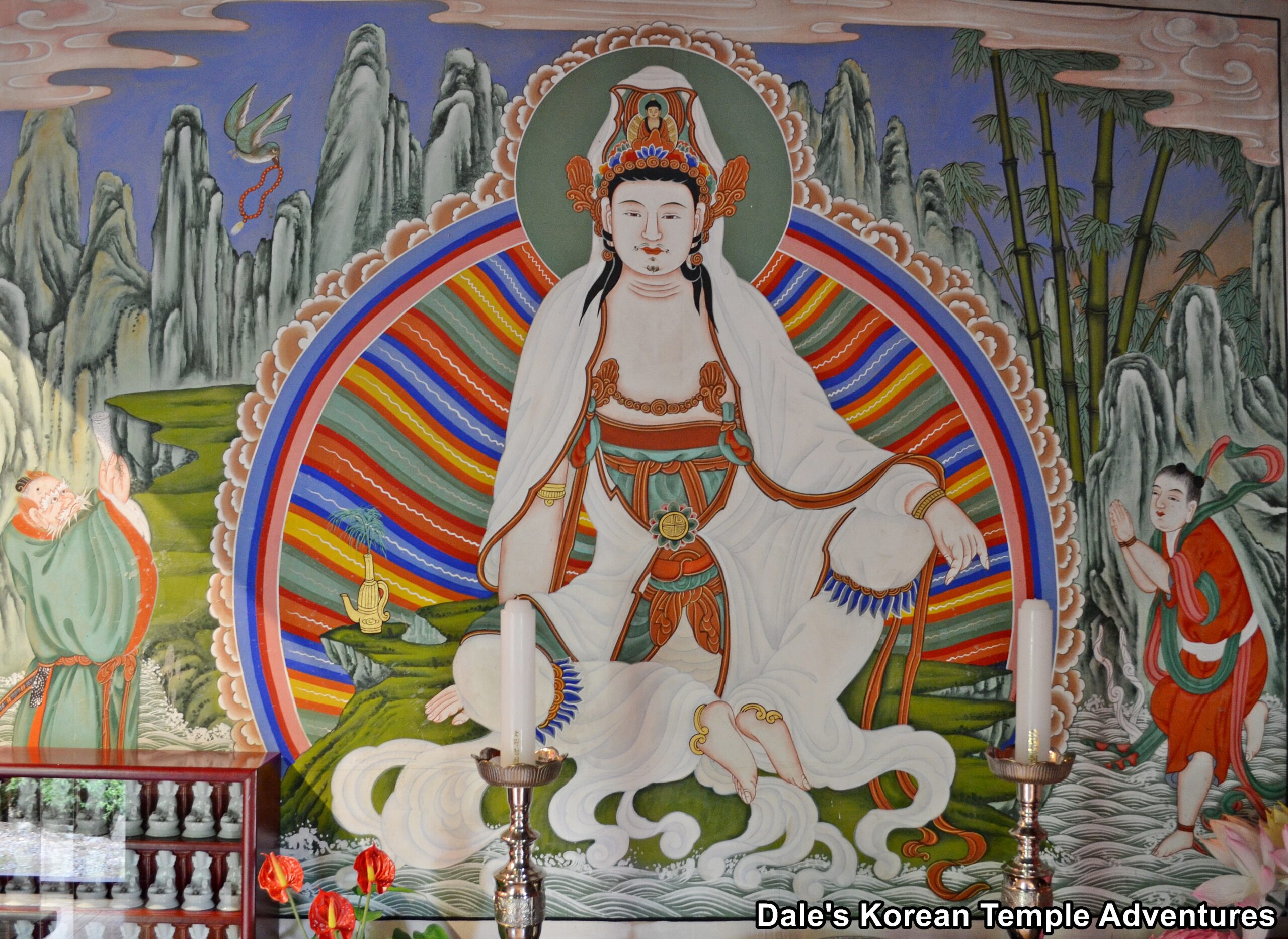
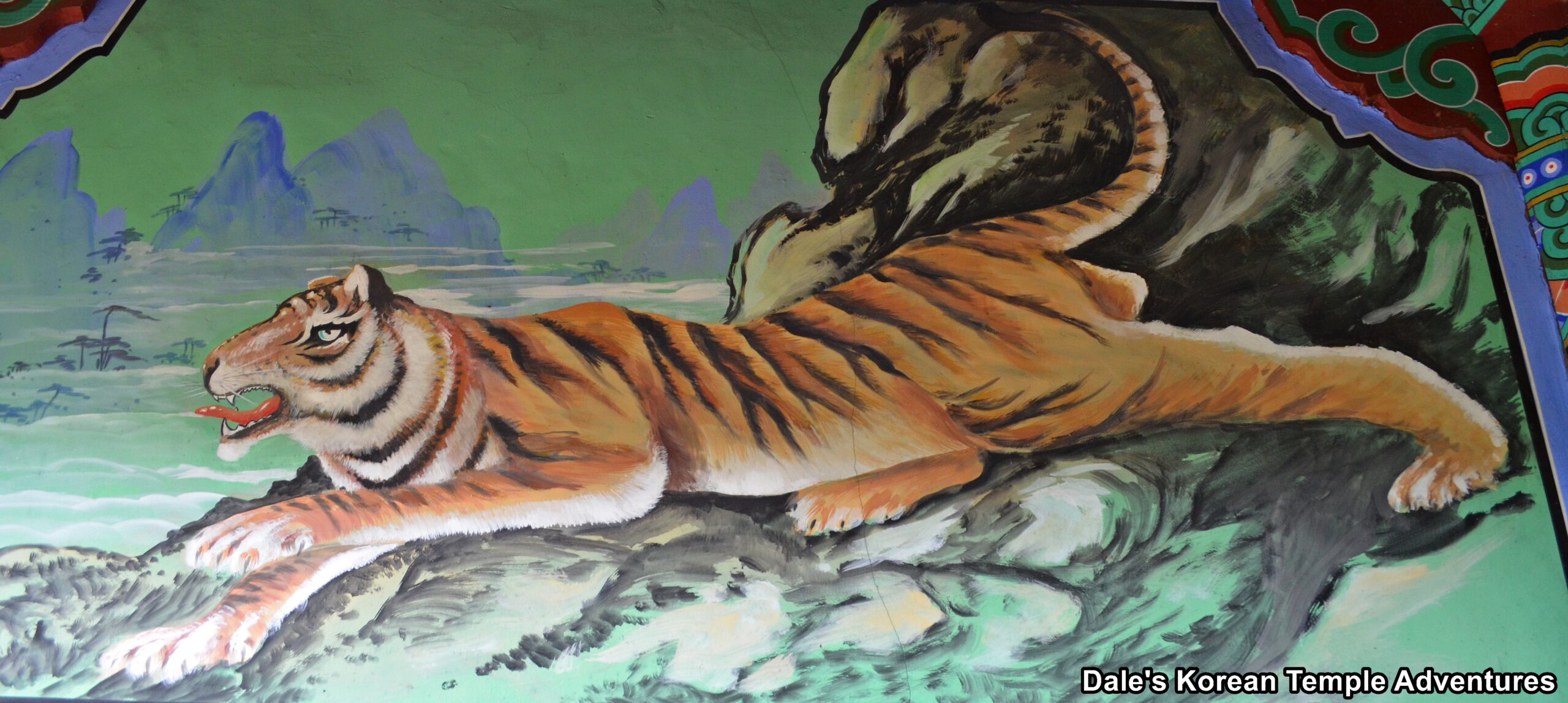

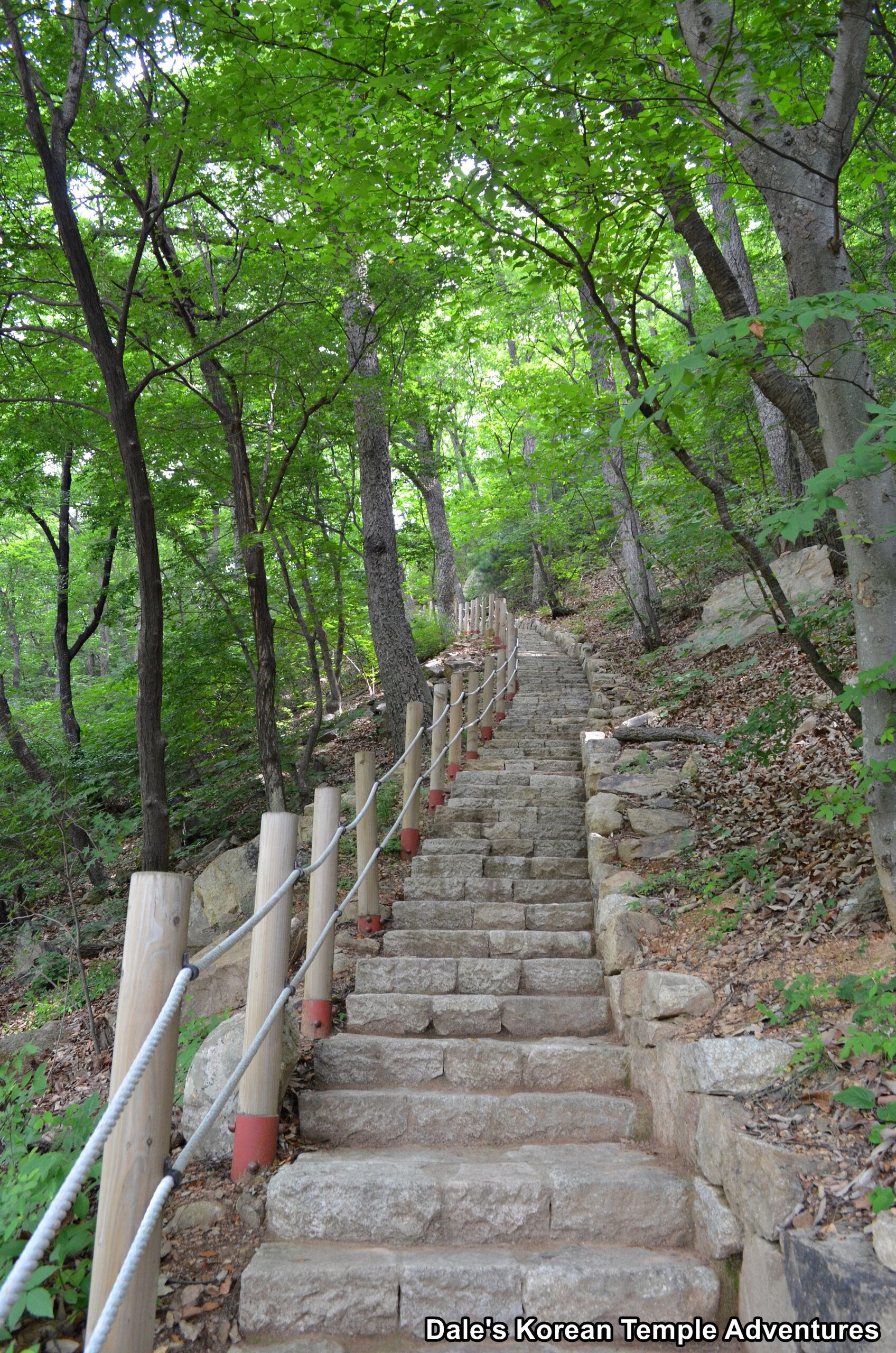
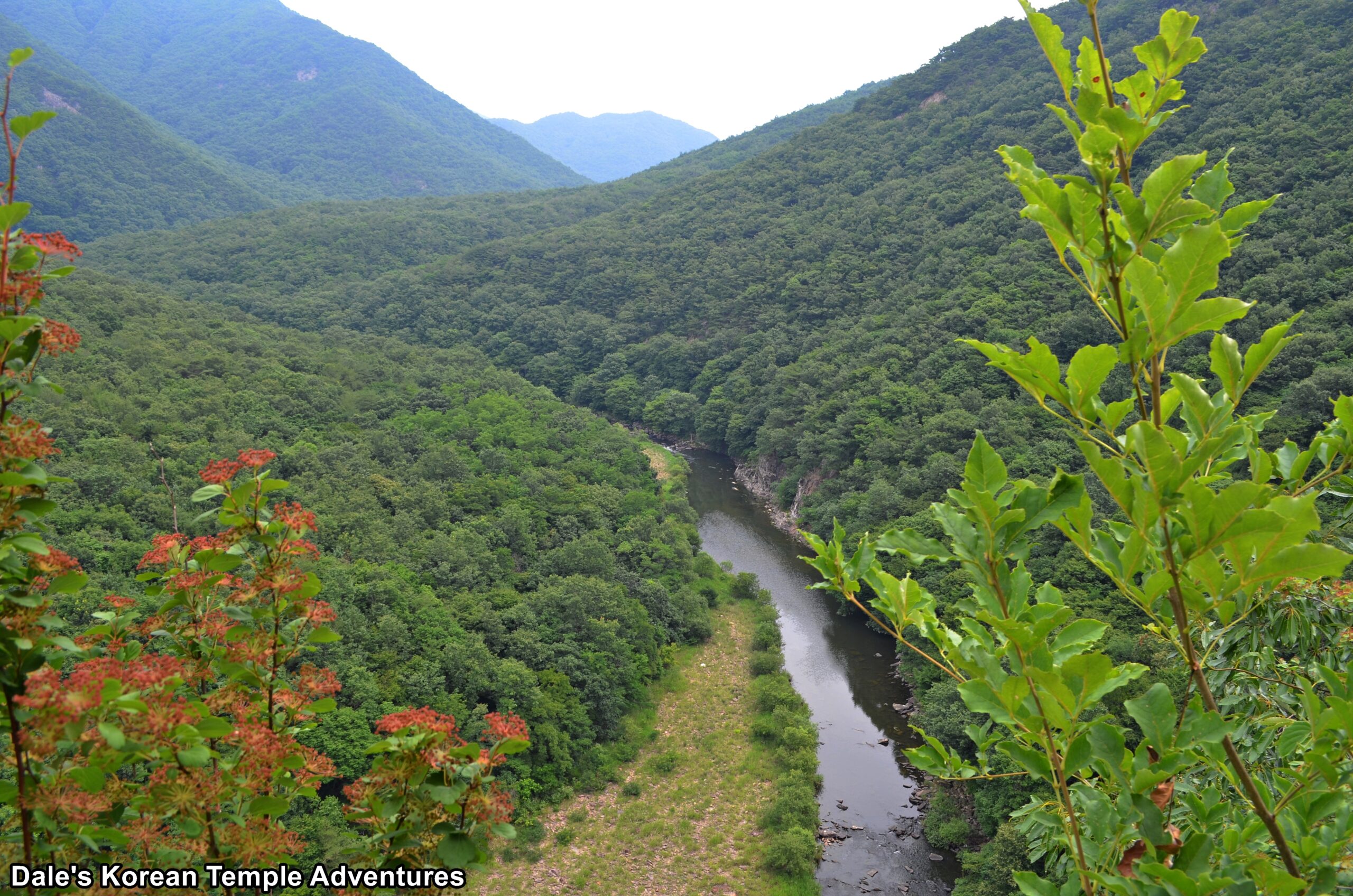
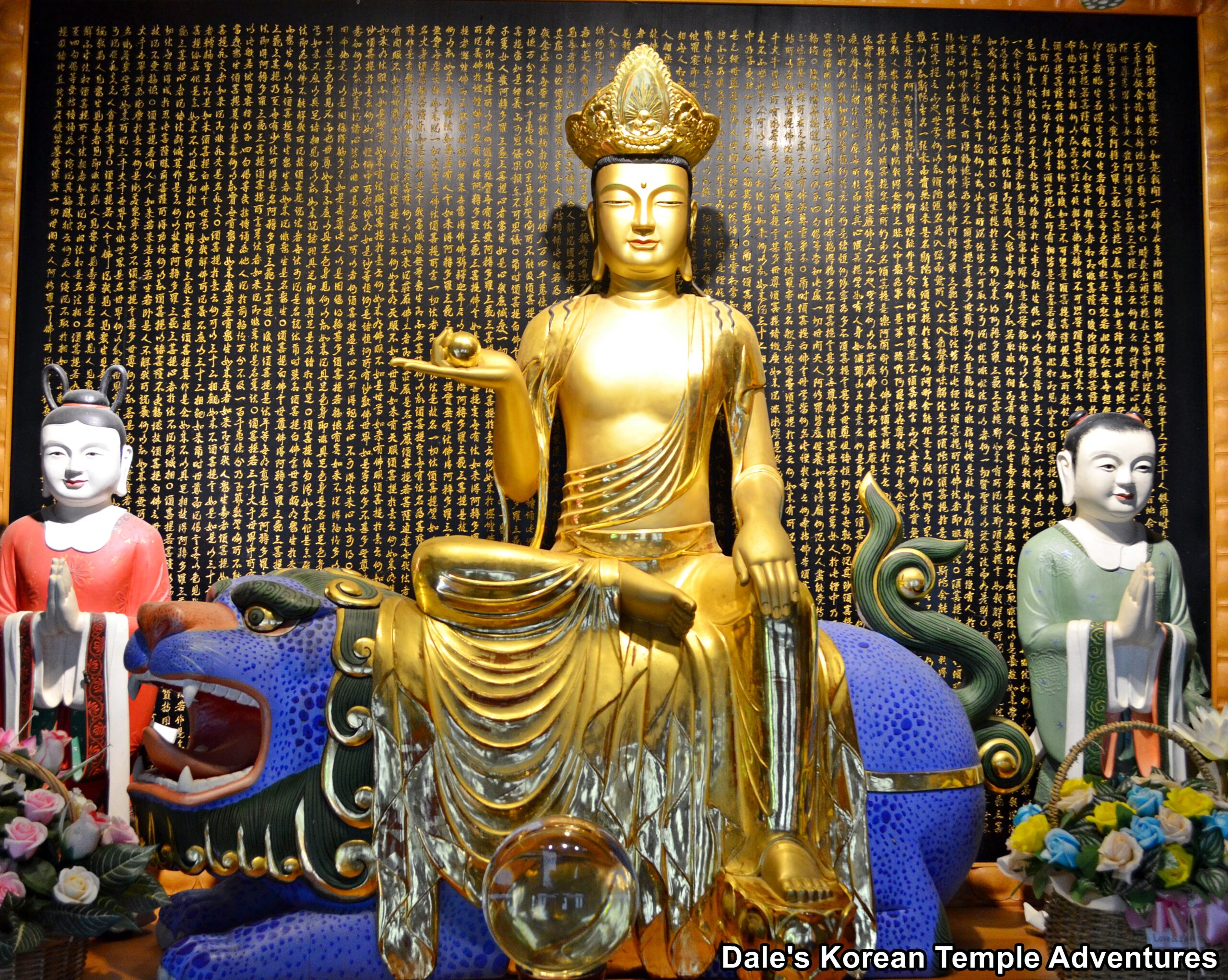
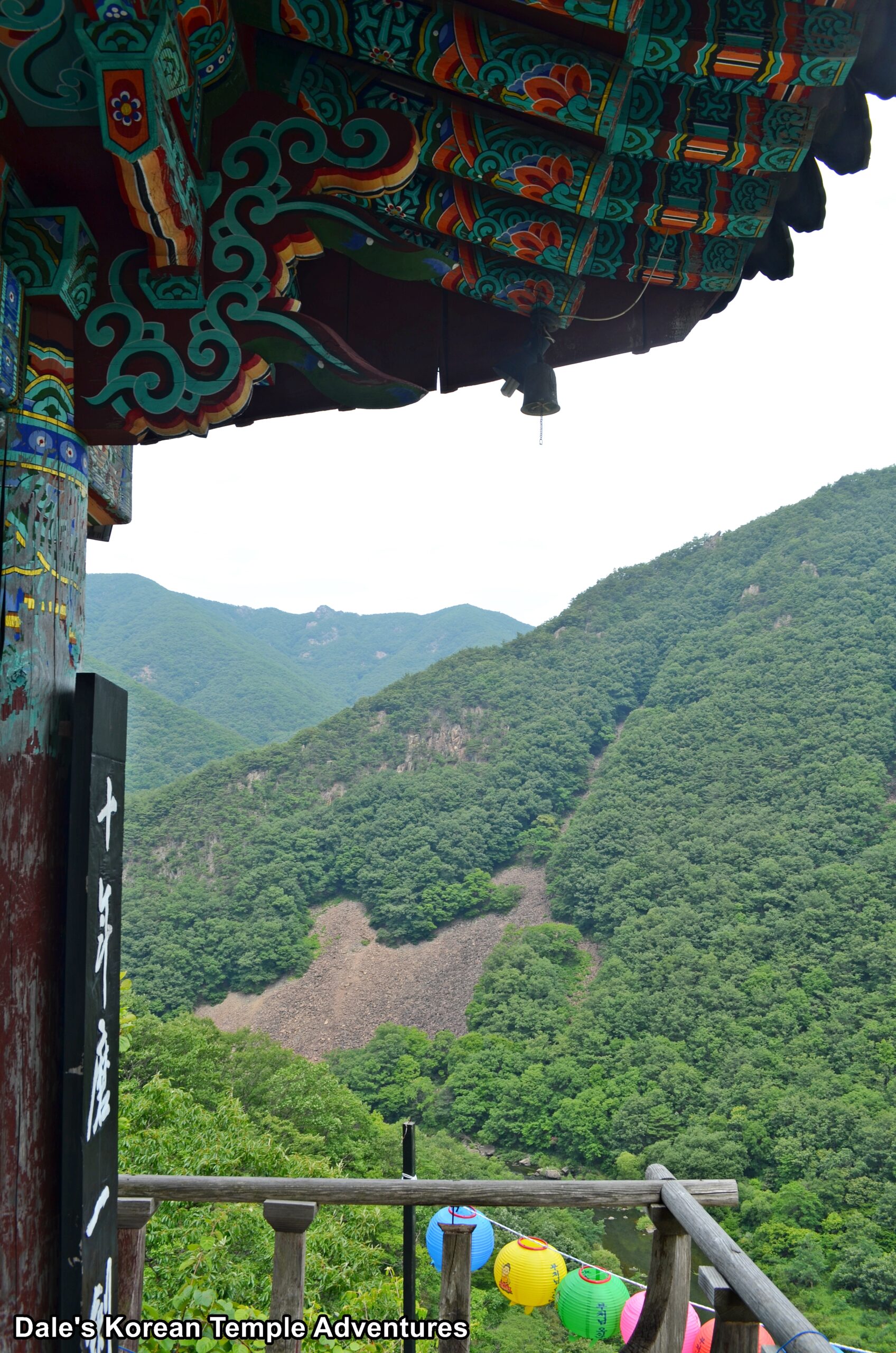


Recent comments